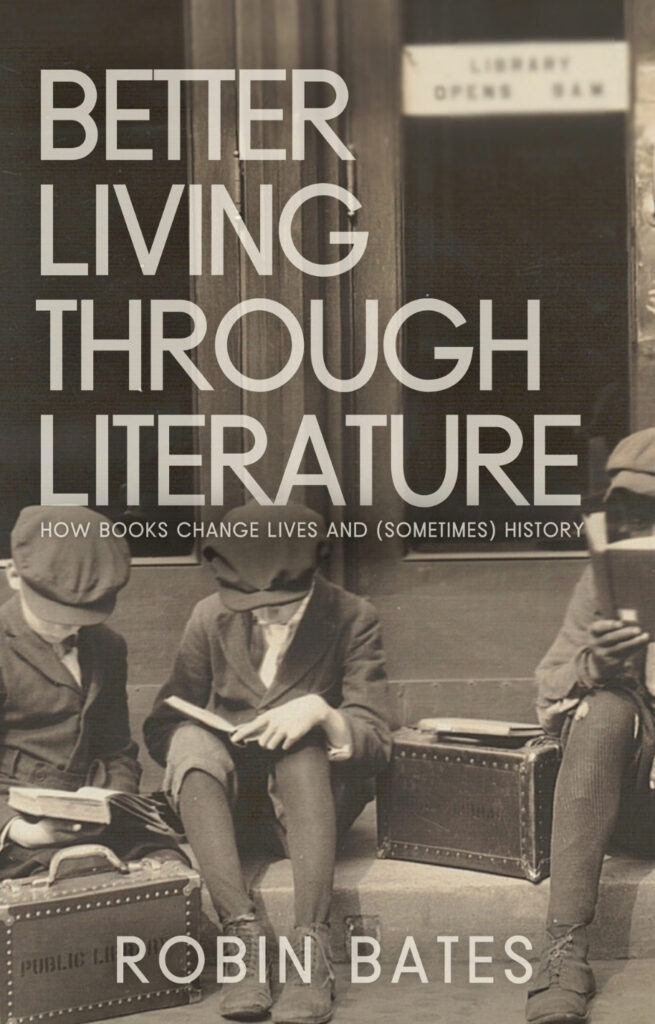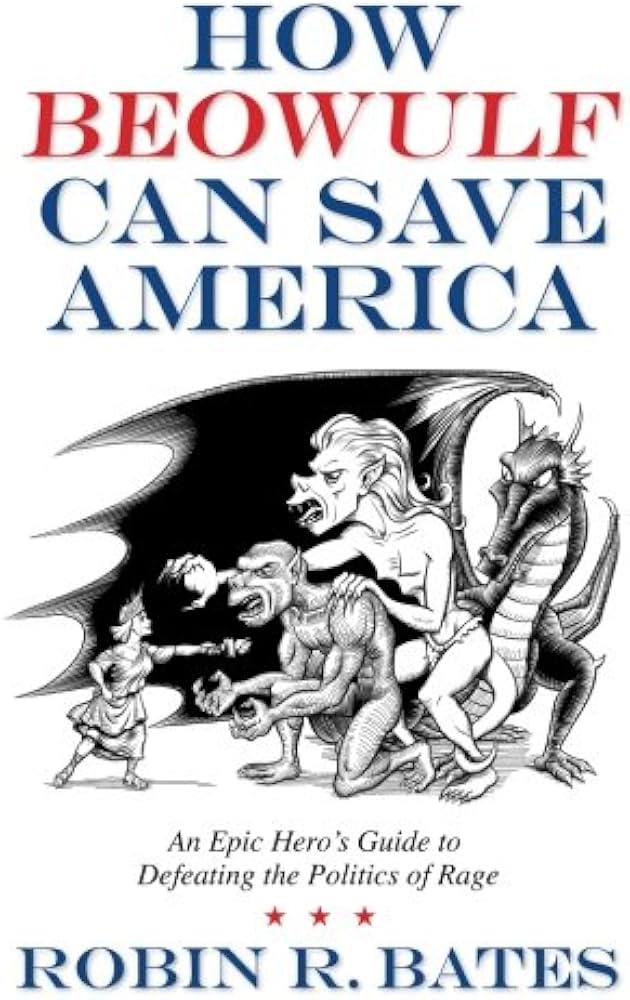Note: If you wish to receive, via e-mail, (1) my weekly newsletter or (2) daily copies of these posts, notify me at rrbates1951@gmail.com and indicate which you would like. I promise not to share your e-mail address with anyone. To unsubscribe, send me a follow-up email.
Friday
Back in September the New Yorker ran an article on a children’s book author that had a big impact on my life. Ruth Krauss, with a significant assist from illustrator Maurice Sendak, understood my child’s sense of humor as no author had before. Thanks to Adrieene Raphel’s piece, I now understand why.
The two books I remember the most are A Hole Is to Dig and A Very Special House. Raphel notes that Krauss “pioneered a method that now seems intuitive: portraying the world from the perspective of a child’s imagination.” She observes,
The psychologist Arnold Gesell observed that children are, essentially, pragmatists, and Krauss’s great achievement was to take this logic to its extreme, conjuring a concrete vision of the world using the child’s imagination: “Toes are to dance on; eyebrows are to go over your eyes.” She collected the phrases from kindergartners in Rowayton, Connecticut, where she lived, and from four- and five-year-olds at the Bank Street School, in New York City…. Krauss was evoking consciousness itself, as found in the way a specific group of people deployed language.
I remember thinking hilarious the line “a tablespoon is to eat a table with,” with the joke punctuated by a Sendak cartoon of a boy with a broad smirk. I always felt that he and I were sharing the joke together.
The sense that I had found a kindred soul in Krauss/Sendak continued with A Very Special House, which I enjoyed even more. In this house, everything is topsy turvy: chairs are for climbing on, doors are for swinging on, walls are for drawing on, the bed is for bouncing on, the shelf is for sleeping on, and…but you get the point:
There’s a bed that’s very special
and a shelf that’s very special
and the chairs are very special
–but it’s not to take a seat–
and the doors are very special
and the walls are very special and
a table very special where to put your feet feet feet.
To this house the narrator brings home
a turtle
and a rabbit and a giant
and a little dead mouse
—I take it everywhere—
and some monkeys and some skunkeys
and a very old lion which…
is eating all the stuffing from the chairs, chairs, chairs.
This entourage unleashes chaos in the very special house:
They and I are making secrets
and we’re falling over laughing
and we’re running in and out
–and we hooie hooie hooie—
then we think we are some chickens
then we’re singing in the opera then
we’re going going going ooie ooie ooie.
Turn the page and there are no longer line breaks after the actions, capturing the undifferentiated confusion:
Oh ooie ooie ooie ooie
ooie ooie ooie—we’re
sprinkling cracker crumbs under all the cushions and that lion’s keeping snoring—going snore snore snore—and the monkeys are all dancing with a special monkey-feeling—like they’re leaving little feetprints on the ceiling ceiling ceiling—and I’m hopping and I’m skipping and I’m jumping and I’m bumping—and Everywhere is music—and the giant spilled his drinking and it went all down the floor and the rabbit ate a piece out of my very best door and Everybody’s yelling for more More MORE.
And where is this very special house? The narrator tells us as the book nears its end:
I know a house—
it’s not a squirrel house
it’s not a donkey house
–just like I said–
and it’s not up on a mountain
and it’s not down in a valley
and it’s not down in a hole
and it’s not down in our alley
and it’s not up in a tree
or underneath the bed–
oh it’s right in the middle—
oh it’s ret in the meedle—
oh it’s root in the moodle of my head head head.
Krauss and Sendak, in other words, validated my five-year-old imagination, which could go wild places that the dull adult world wouldn’t understand. The first-person-narration, which must have been new to me, helped form this special bond.
A third Krauss work that I grew up with her The Carrot Seed, which was illustrated by her husband Crockett Johnson. A small boy defies the naysayers in his family, who all tell him that his carrot seed will fail, by producing a carrot. And not just any carrot but one so large that it must be carted in a wheelbarrow. In other words, he refuses “to conform to the logic of others.” Raphel asks,
Is his care an act of defiance? Optimism? His perspective carries an almost existential force: if you plant a carrot seed, he believes, a carrot must come up. And so it does.
Johnson, meanwhile, wrote his own defiant children’s literature, such as Harold and the Purple Crayon, which “championed the power of children’s imagination over the lure of bourgeois rationalism. He was also the author of the fabulous cartoon strip Barnaby, in which Barnaby has an unusual fairy godfather–the cigar-smoking, chubby leprechaun Mr. O’Malley–whom only Barnaby can see. The strip was a major influence on Calvin and Hobbes.
The greatest children’s literature often privileges a child’s perspective over that of adults, with Lewis Carroll’s Alice books being the best example of this. As a child, I felt not only delighted by these narratives but empowered.


